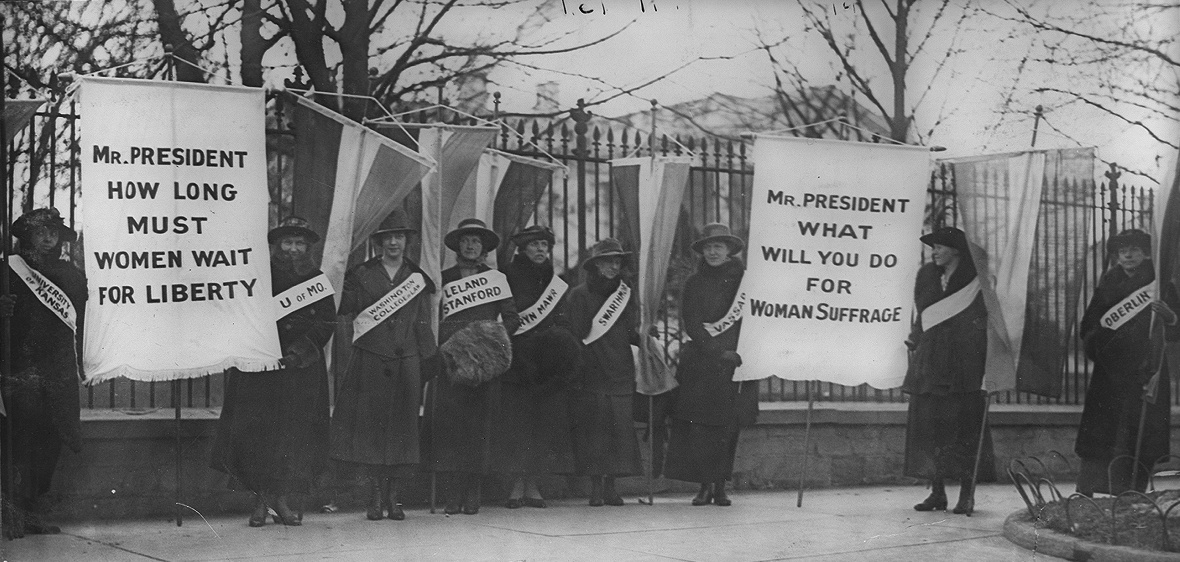A significant victory for women’s rights occurred on June 4, 1919, when Congress passed the 19th Amendment, officially granting women the right to vote. Ironically, women had the ability to vote in many of the colonies before the Revolutionary War and the official establishment of the United States. However, by the early 1800s, every state had adopted a constitution that denied women even limited voting rights. This prompted women to embark on a century-long journey to secure their voting rights in the newly formed country.
The women’s suffrage movement gained significant momentum in the mid-19th century. One pivotal event was the Seneca Falls Convention, held in 1848, which energized the movement. At this convention, both women and men gathered to discuss the civil, social, and religious rights of women. The attendees drafted the Declaration of Sentiments, outlining a list of demands for equality. The next 60 years were filled with efforts to advocate for women’s suffrage, including the first proposal sent to Congress in 1878.
The Amendment was officially passed on June 4, 1919, after 41 years of debate in the Senate. For it to be ratified by Congress, approval from three-fourths of the states was required. This milestone was officially reached on August 18, 1920, when Tennessee became the 36th state to ratify the 19th Amendment, granting women the right to vote.
The 19th Amendment has had a lasting and significant impact on the citizens of the United States. The Amendment officially prohibited the government of the United States from discriminating against a person’s right to vote based on sex and granted 26 million women the right to vote on the day of its signing.

